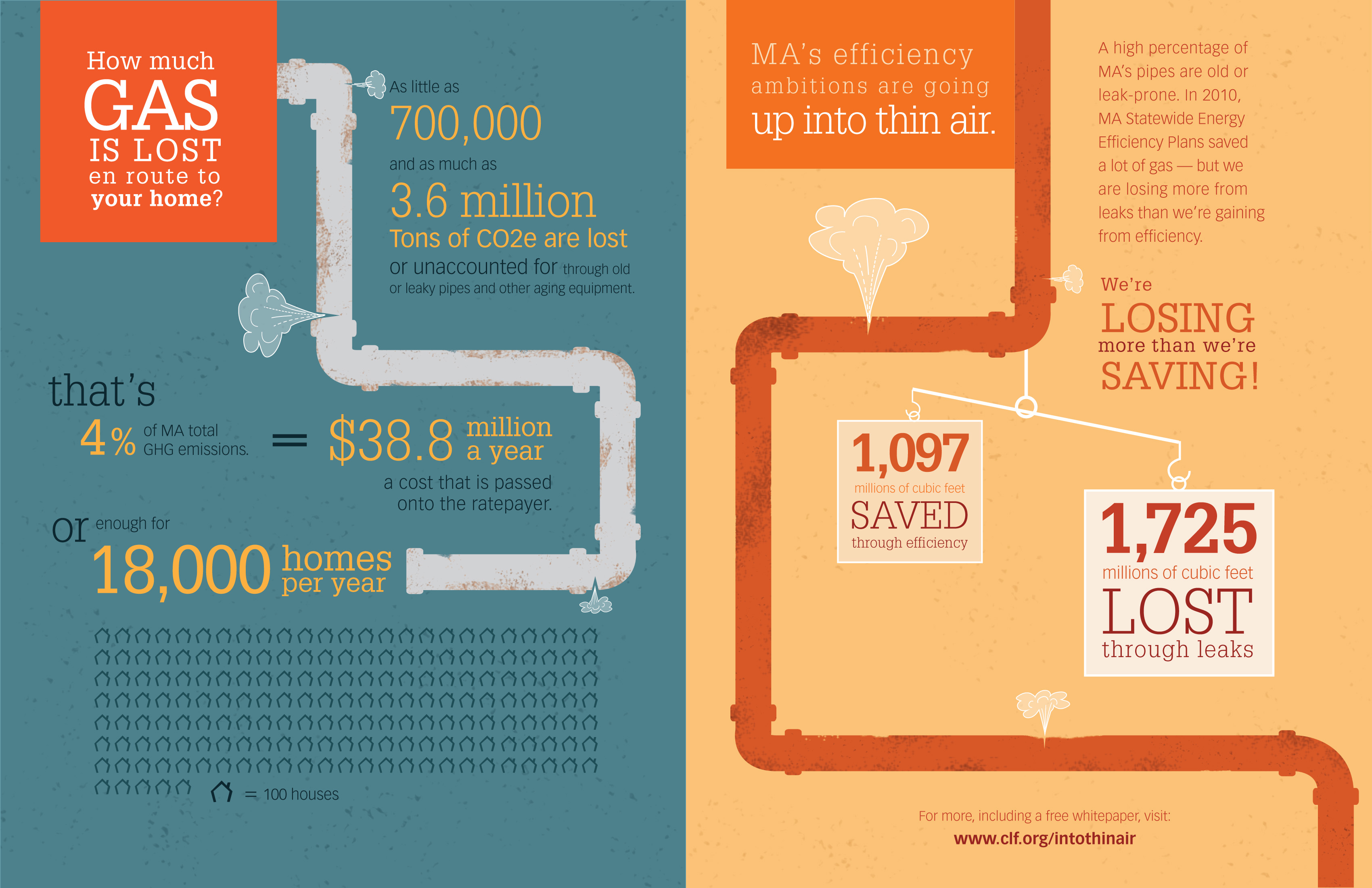The Trip To Determine The Most Ideal Solar Panel Type For Your Residence Starts Now, With Necessary Variables Positioned For Exploration-- Are You Prepared?
The Trip To Determine The Most Ideal Solar Panel Type For Your Residence Starts Now, With Necessary Variables Positioned For Exploration-- Are You Prepared?
Blog Article
Writer-Korsgaard Allred
When it concerns choosing the right solar panels for your home, the choices can be frustrating. Each kind offers distinct benefits and compromises, making it critical to determine which aspects straighten best with your goals. Whether your focus is on efficiency, cost-effectiveness, or appearances, there's a solar panel kind that can accommodate your demands. So, prior to you choose, consider the critical aspects that will affect your solar energy system's performance and viability for your home.
Monocrystalline Solar Panels
When thinking about photovoltaic panels, you may come across monocrystalline solar panels. https://www.washingtonpost.com/business/2022/06/06/solar-panel-white-house-tariffs/ are recognized for their high effectiveness prices as a result of their building from a single continuous crystal structure. This design allows monocrystalline panels to perform better in reduced light conditions compared to various other types of photovoltaic panels. In addition, their streamlined black appearance makes them a popular choice for household setups, assimilating perfectly with a lot of rooftops.
One vital benefit of monocrystalline photovoltaic panels is their room effectiveness. They need much less room to produce the exact same quantity of electrical power as various other photovoltaic panel types, making them perfect for homes with limited roofing system room.
While monocrystalline panels have a tendency to be a lot more pricey in advance, their lasting durability and performance often make them an affordable investment in the world of solar power. If you focus on efficiency and aesthetics in your solar panel choice, monocrystalline panels could be the right option for your home.
Polycrystalline Solar Panels
Polycrystalline solar panels, likewise called multicrystalline solar panels, provide a different choice to monocrystalline panels. These panels are made from silicon crystals that are thawed with each other, creating a much less consistent look contrasted to monocrystalline panels.
One of the essential benefits of polycrystalline panels is their lower manufacturing expense, making them a more economical choice for house owners wanting to invest in solar power.
While polycrystalline panels may have a somewhat lower effectiveness price contrasted to monocrystalline panels, they still supply a reputable and cost-efficient way to create solar energy for your home. These panels carry out well in heats and are a durable option for a range of climates.
If you have a bigger roofing area and are aiming to maximize your power manufacturing without breaking the financial institution, polycrystalline panels could be the best option for you.
When taking into consideration photovoltaic panel options for your home, it's essential to weigh the cost-effectiveness and effectiveness of polycrystalline panels versus your power needs and budget restraints.
Thin-Film Solar Panels
Proceeding to Thin-Film Solar Panels, these panels offer a special option to standard silicon-based alternatives like polycrystalline panels. Thin-film panels are light-weight and versatile, making them less complicated to set up on numerous surfaces like rounded rooftops or walls. They're additionally more visually pleasing, blending in seamlessly with the architecture of your home.
However, it's vital to note that thin-film panels usually have reduced efficiency prices compared to crystalline silicon panels. This implies you might require more space to generate the same quantity of electrical power.
On the bright side, thin-film panels do better in low-light problems and have a reduced temperature level coefficient, implying they can generate more energy on hot days. If active vs passive solar energy systems have sufficient space and are trying to find a flexible and visually attractive photovoltaic panel alternative, thin-film panels could be a wonderful choice for your home.
Conclusion
Finally, when deciding on the very best photovoltaic panel type for your home, consider your power needs, budget plan, and room restrictions. Monocrystalline panels offer high performance in restricted room, while polycrystalline panels offer a cost-effective alternative with dependable performance. Thin-film panels offer versatility and aesthetic allure yet might have reduced effectiveness prices. By considering solar installation companies , you can pick the photovoltaic panel type that finest fits your certain requirements.
